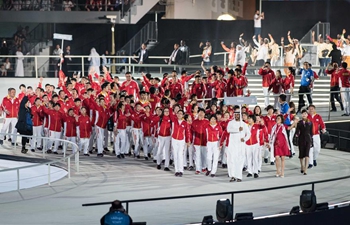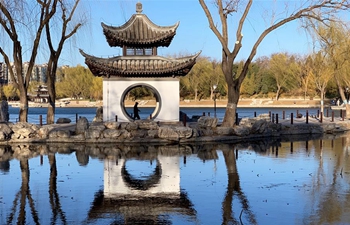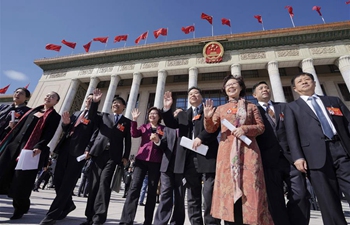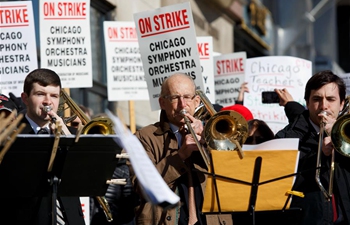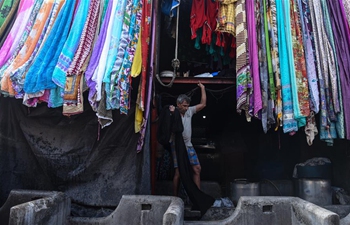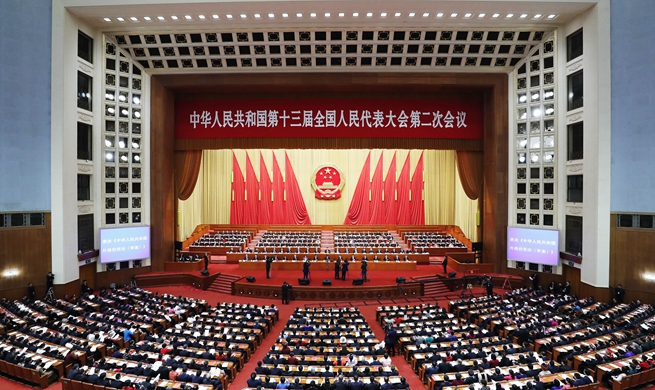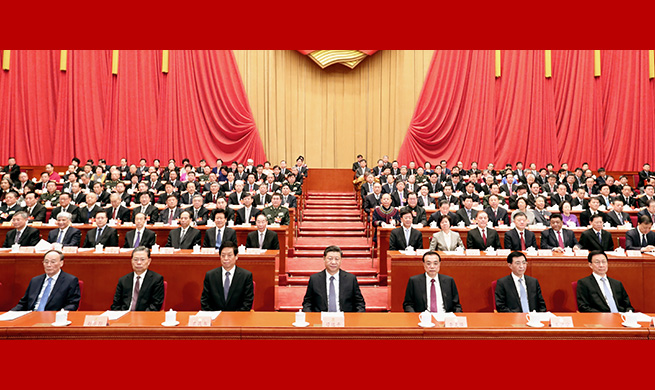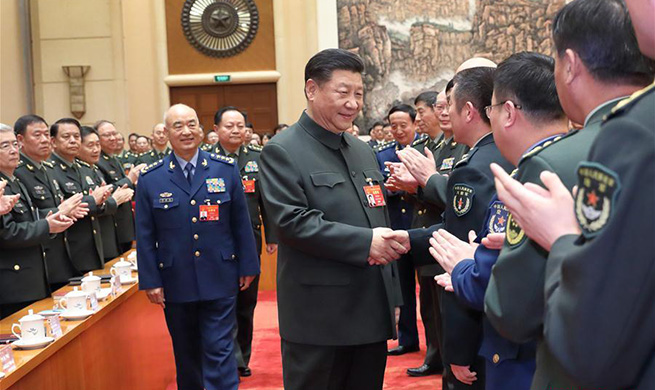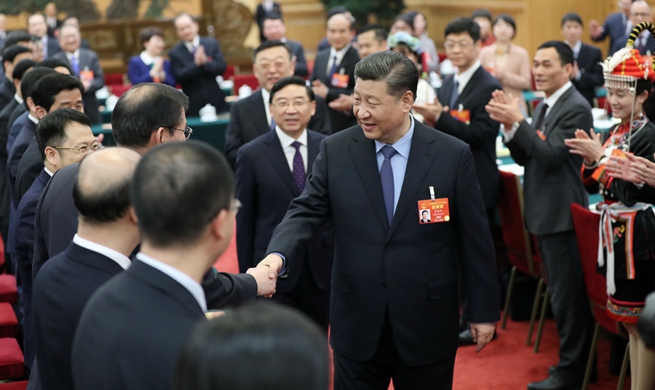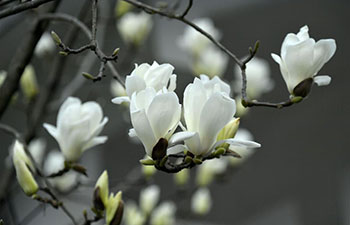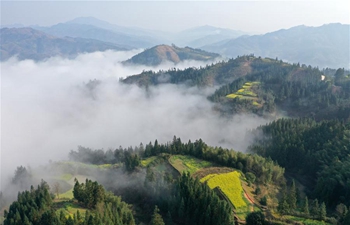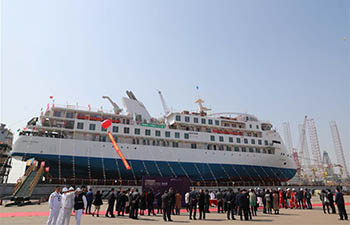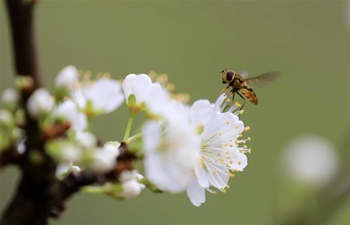ROME, March 15 (Xinhua) -- Debate between art scholars over the provenance of a small, terracotta sculpture called "The Virgin with the Laughing Child" appears throughout its nearly 550-year history.
Recently according to the curators of a special exhibit at the Palazzo Strozzi in Florence, the red-brown, 50-centimeter-tall sculpture is the last surviving sculpture made by Renaissance master Leonardo Da Vinci.
Other experts, however, said the true origin of the sculpture will probably never be known.
The latest developments came just in time for this year's celebration of the 500th anniversary of Leonardo's death.
Francesco Caglioti, an art historian at Naples' Federico II University and one of two curators of the Palazzo Strozzi exhibit, is not among the doubters. Caglioti said he is "100 percent sure" the sculpture was made by Leonardo, as sure as he is of the authorship of the "Mona Lisa," Leonardo's most famous painting.
"Look at the way the fabric flows, look at the expressions on the faces, these are all in the style we know from Leonardo Da Vinci's drawings and paintings," Caglioti told Xinhua. "We have no other statues or sculptures from Leonardo so we cannot make those comparisons. But the comparisons we can make with paintings and sketches Leonardo made around the same period are striking."
Caglioti is not the first to arrive at the conclusion that "The Virgin with the Laughing Child" is the work of one of the most famous artists of all time.
"Between 1895 and World War II there were at least half a dozen studies arguing the sculpture was made by Leonardo," Caglioti said, adding that because it stands alone as a sculpture attributed to Leonardo its history fell between the cracks.
"Scholars who study paintings don't always understand sculpture well," he said. "People forgot about the pre-war studies."
Da Vinci would have been 19 or 20 years old when the work was completed in 1472, a period when he was working as an apprentice in the Florence studio of Andrea del Verrocchio, and experts can see some of Verrocchio's influence in the work.
It is not considered a mature work of a genius like Da Vinci but either a work of a talented young artist honing his skills, or a perhaps less talented but fully-formed artist.
For most of the sculpture's history it has been considered the work of sculptor Antonio Rossellino.
In fact, London's Victoria & Albert Museum, which acquired the sculpture in 1858 and loaned it to Palazzo Strozzi in Florence, still considers the sculpture is the work of Rossellino.
Antonio Forcellino, an architect, art restorer, and the author of various books on Italian Renaissance art including a just-released "Century of Giants" series on Renaissance art, said he thought Rossellino was probably the creator of the small sculpture, though he said he couldn't be sure.
"It's impossible to know who made a piece like this," Forcellino said. "Evidence supporting the Leonardo hypothesis is circumstantial, there's no way to authenticate it, and it's a type of sculpture that was faked a lot in the 1800s. Could it be by Leonardo? Yes, it's possible. But it seems very unlikely."

